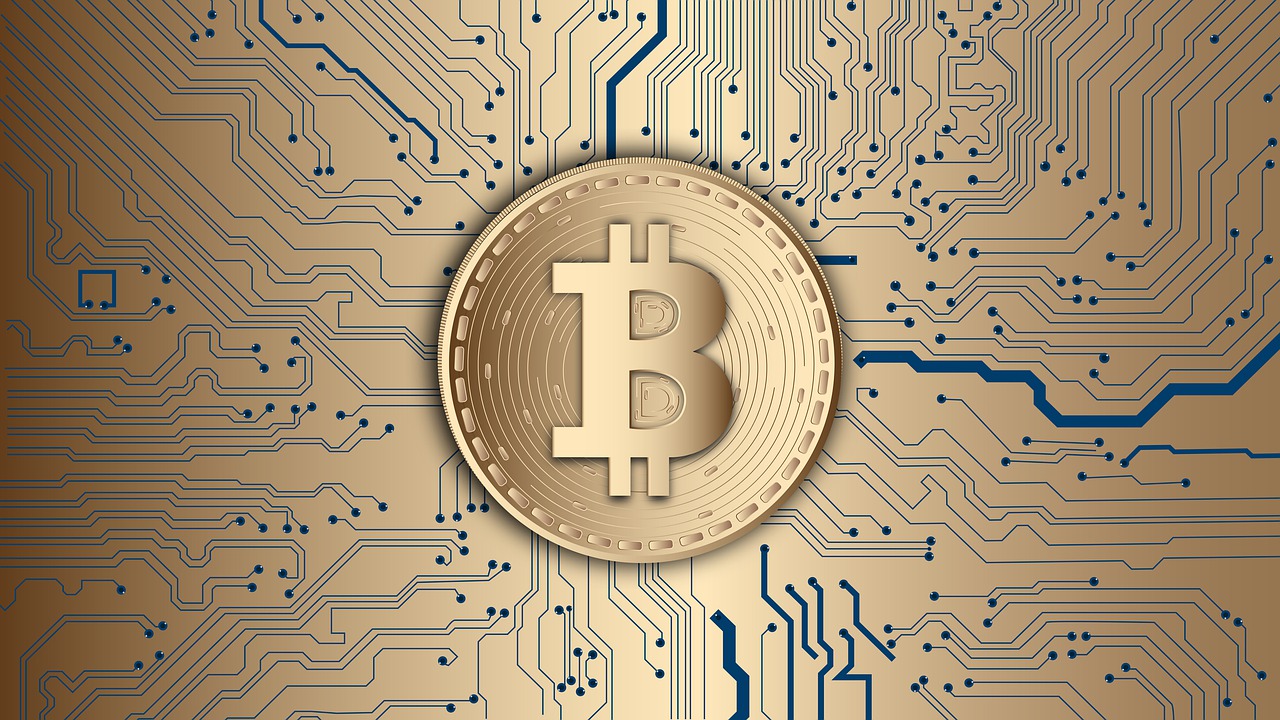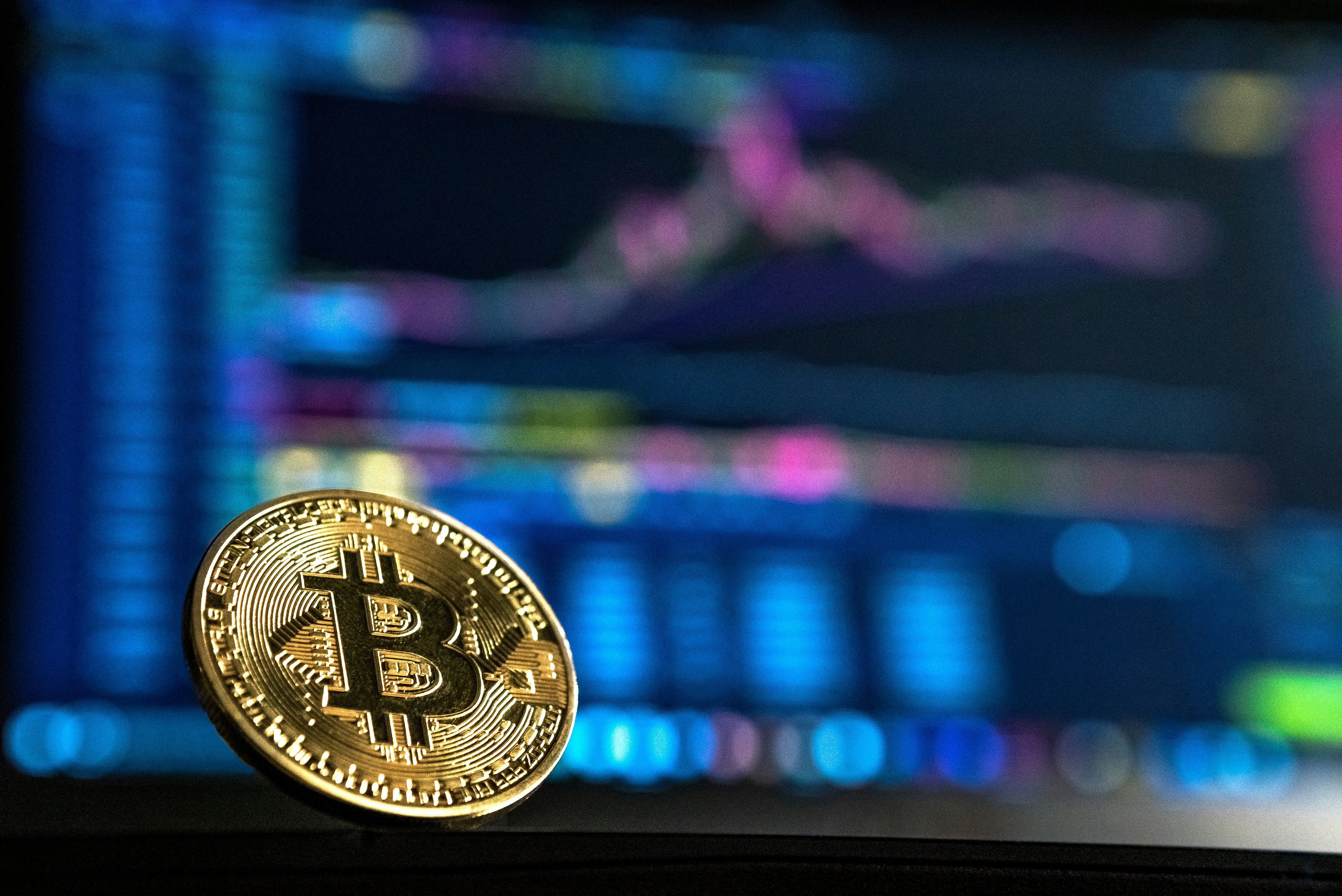What is a liquidity pool
A liquidity pool is a reserve of funds locked in a smart contract on a decentralized finance (DeFi) platform. It provides liquidity for trading by allowing users to deposit their assets into the pool in exchange for pool tokens. These tokens represent their share of the overall liquidity. Liquidity pools play a crucial role in decentralized exchanges, enabling users to trade assets without relying on traditional order books.
Components Of A Liquidity Pool
A liquidity pool typically consists of two main components:
1. **Base Asset:** This is the primary cryptocurrency token that forms one side of the trading pair in the liquidity pool.
2. **Quote Asset:** The secondary cryptocurrency token that pairs with the base asset. Together, the base and quote assets create a trading pair within the liquidity pool.
For example, in a liquidity pool for ETH/USDT (Ethereum/Tether), ETH is the base asset, and USDT is the quote asset. Liquidity providers contribute an equal value of both assets to the pool, allowing traders to exchange one for the other.
Types of Liquidity Pool
There are various types of liquidity pools, but two common ones in the context of decentralized finance (DeFi) are:
1. **Automated Market Maker (AMM) Pools:** These pools use smart contracts to facilitate decentralized trading. Popular examples include Uniswap and SushiSwap, where users provide liquidity by depositing pairs of assets into the pool, and in return, they receive liquidity provider (LP) tokens. These LP tokens represent their share of the pool and can be traded or redeemed.
2. **Curve Pools:** Curve Finance specializes in stablecoin trading and provides liquidity pools with low slippage for assets with similar values, such as different stablecoins. These pools aim to maintain a stable exchange rate between the assets, making them suitable for low-risk, low-slippage trading of stablecoins.
These are just a couple of examples, and the DeFi space is dynamic, with new liquidity pool models emerging.
How does liquidity pool make money
Liquidity pools make money through fees generated by users who trade or provide liquidity. When someone trades within a pool, they pay a fee, a portion of which goes to liquidity providers. This incentivizes users to contribute funds to the pool, earning a share of the fees in proportion to their contribution. Keep in mind that impermanent loss and market fluctuations can impact overall returns for liquidity providers.
Liquidity pool Risk
Liquidity pool risk refers to the potential drawbacks associated with participating in a liquidity pool, commonly found in decentralized finance (DeFi) platforms. Risks may include impermanent loss, smart contract vulnerabilities, and market volatility. It's crucial to carefully assess these factors before contributing assets to a liquidity pool.
1. **Impermanent Loss:**
- Explanation: Impermanent loss occurs when the value of the assets in a liquidity pool diverges from the value of those same assets held individually. This happens because as the prices of the assets change, liquidity providers may end up with fewer assets than they would have had by holding the tokens outside the pool.
2. **Imbalanced Liquidity:**
- Explanation: Liquidity pools require a balance between the tokens they hold. If the ratio of tokens in the pool becomes imbalanced, it can lead to higher slippage for traders and potentially result in less efficient trading.
3. **Smart Contract Risks:**
- Explanation: Liquidity pools often involve smart contracts. These contracts may have vulnerabilities that could be exploited by attackers, leading to loss of funds for liquidity providers.
4. **Market Risks:**
- Explanation: The value of the tokens in a liquidity pool is subject to market fluctuations. If the price of one or both tokens in the pool experiences significant volatility, it can impact the value of the liquidity provider's holdings.
5. **Imposed Fees:**
- Explanation: Liquidity providers may be subject to fees for providing liquidity. These fees can impact the overall profitability of being in a liquidity pool.
6. **Imposed Time Constraints:**
- Explanation: Some liquidity pools may have lock-up periods or other time constraints on how long liquidity can be provided. This lack of flexibility can pose a risk, especially if market conditions change unfavorably during that period.
7. **Imposed Withdrawal Penalties:**
- Explanation: Certain liquidity pools may impose penalties or fees for withdrawing funds before a specified period. This reduces the flexibility for liquidity providers and can affect their ability to respond quickly to market changes.
8. **Orphaned Funds:**
- Explanation: In certain scenarios, liquidity providers might end up with tokens that have low liquidity or are difficult to trade. These "orphaned" funds can be challenging to convert back to more liquid assets without incurring significant slippage.
It's crucial for individuals considering participation in liquidity pools to thoroughly understand these risks and carefully evaluate whether the potential rewards align with their risk tolerance and investment goals.
Other important components of liquidity pool
Liquidity pools are crucial components in decentralized finance (DeFi) ecosystems. Here are key points to know:
1. **Definition:** Liquidity pools consist of funds provided by users to enable trading on decentralized exchanges (DEXs). They pair two assets, like ETH and DAI, to facilitate trades.
2. **Token Pairs:** Each pool involves two tokens. Users deposit equal values of both tokens, maintaining a proportional value in the pool.
3. **Liquidity Provider (LP):** Users who contribute funds to a pool become LPs. They earn fees for facilitating trades in proportion to their share of the liquidity pool.
4. **Impermanent Loss:** LPs may incur impermanent loss when the value of one token in the pair changes compared to when they initially deposited. This is a risk inherent in liquidity provision.
5. **Fees:** LPs earn a portion of the trading fees paid by users. The fee distribution is based on their share of the liquidity pool.
6. **Token Rewards:** Some platforms offer additional rewards in the form of governance tokens or platform-specific tokens to incentivize liquidity providers.
7. **Risk Management:** Understanding the risks, such as impermanent loss and smart contract vulnerabilities, is crucial. LPs should assess the potential rewards against these risks.
8. **Automated Market Makers (AMMs):** Many liquidity pools operate on AMM models like Uniswap or PancakeSwap, where prices are determined algorithmically based on the ratio of tokens in the pool.
9. **Pool Size and Depth:** Larger pools with more liquidity are generally more attractive for traders as they result in lower slippage.
10. **Withdrawal and Additions:** LPs can add or remove funds from the pool at any time but need to consider potential impermanent loss when deciding.
Always research specific platforms and projects, and consider the associated risks before participating in liquidity pools.









